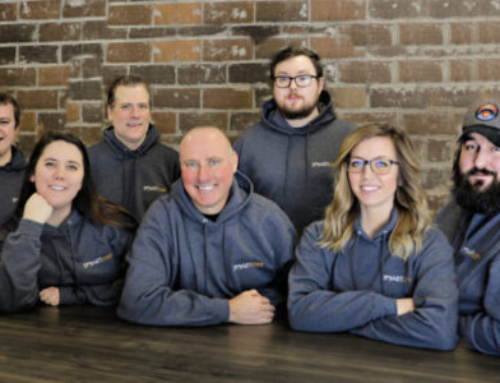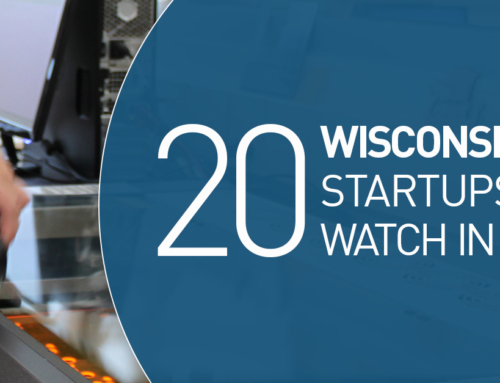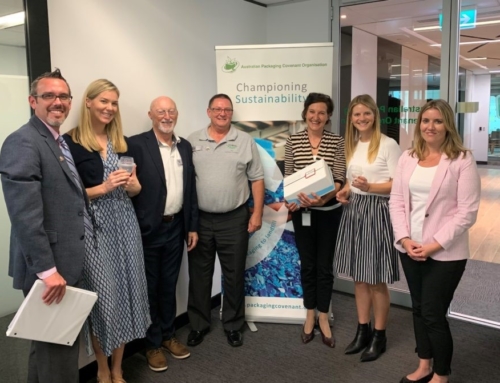Scott Fulton, CEO of Cellara
With stem cell scientists still compiling data and tracking research by hand, a group of engineers thought they could find a better way. We recently spoke with Scott Fulton, CEO of Cellara LLC, who explained how the company created CultureTrax to ensure scientists had an easier, more accurate way to conduct stem cell research.
Q: How was Cellara started and where did the idea for CultureTrax come from?
A: The company was started almost four years ago by engineers who conducted a custom research project for a leading stem cell company in Madison. They realized that the research scientists were conducting was all being done by hand so they began to develop a better way. They came up with some product ideas, built some prototypes and launched a company. After consulting with mentors, hiring a CEO and conducting this customer research, we realized there was a strong need for something better, but the product the engineers came up with only interested a small portion of the community. However, we also realized that a better opportunity existed in software, since stem cell scientists weren’t using any at all—only paper lab notebooks and pens like Louis Pasteur. Funny enough, we had just finished our first prototype but never ended up turning it on. It was the classic startup pivot, and we haven’t looked back.
Q: What does CultureTrax do?
A: CultureTrax pairs science and technology to create a unique fit for stem cell scientists. Our software helps scientists by organizing and storing their data to streamline the information collection process, especially since many scientists are still doing these processes by hand.
Q: How does your business benefit from being located in Wisconsin?
A: I don’t think our company could have originated anywhere else because we barely had to get in a car to find customers. Madison has incredible resources, both in people and in the companies located here. There’s no place on the planet where we have a more concentrated customer base than in Wisconsin.
In my field, specifically, our local trade association, BioForward, is extremely helpful. We also have a Technology Development Loan from the Wisconsin Economic Development Corporation (WEDC) that was very beneficial for our business. Additionally, the Qualified New Business Venture Program makes a big difference when you’re talking to angel investors, who can receive tax credits when they invest in companies that are certified through the program. It can’t be overstated: if you don’t take advantage of these state resources, you’re crazy. There are also tremendous resources for grant-writing, with the Center for Technology Commercialization and UW-Extension.
Another benefit is the substantial network of service providers available, such as tax attorneys, accountants and legal help. There are world-class resources available in Wisconsin.
Q: Why is this technology important?
A: First, we are helping combat what is called the “crisis of reproducibility.” Before, published articles on stem cell research didn’t contain the necessary aspects of procedure and protocol needed to reproduce and verify research. If you wanted to replicate what someone was doing in a lab, which is one of the foundations of science, scientists would have to be in touch with or visit the lab to get the details. But even then, it may not be enough. To combat this issue, our software contains a structured framework for recording data and protocols in an easier way. Second, we have partnered with Madison College to use a version of our software in the classroom as an educational tool. We’re also exploring the creation of a training simulator for students to allow for research without needing to go into a specialized lab.
Q: What has been the biggest challenge for you and your team? What advice do you have for other entrepreneurs facing similar challenges?
A: It’s always a challenge raising investment, and the challenge for us has been that the size of our target market is relatively small compared to what investors typically like to see. That being said, the way we’ll be successful is to nail it and keep anyone else from getting in there. And that’s a harder story to tell investors.
My biggest advice is to talk to your customers, and then just keep talking to your customers. Also, make sure you’re solving the right problem. You can make software about anything so ensure it’s a real solution customers need.









FOLLOW US